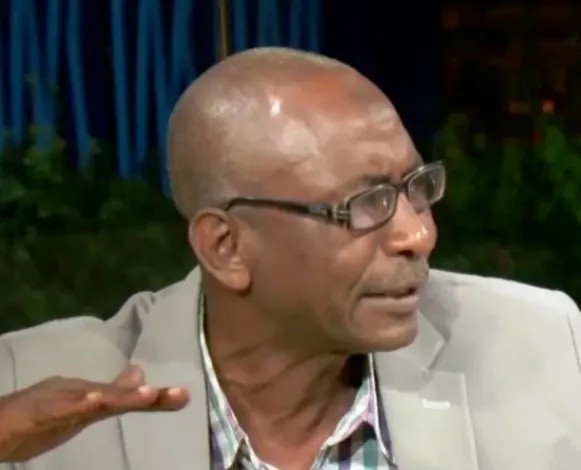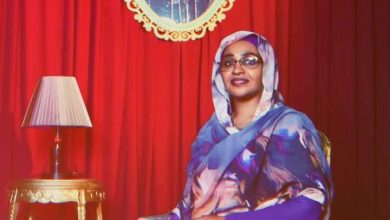“The old sailor” play

Alsir Alsayed
The text was written by Sudanese actor, writer and director Sayed Sousal, and it was published with other theatrical texts in the book “Sudanese Theatrical Texts” issued by the Department of Culture and Information.
-Government of Sharjah – United Arab Emirates 2010.
Sayed Sousal:
Since the 1980s, the Sudanese writer, actor, and director, Sayed Abdullah Sousal, has formed a different presence in the Sudanese theater space. Perhaps what draws attention to those following his career is the relative independence of his areas of theatrical work from each other. As much as he directed some of his texts, there were other directors for his texts, and as much as he participated as actor in some of his texts he did not participate in others.
Sousal wrote dozens of scripts and worked with a number of directors, including: Rabih Youssef in “Blood Song,” “Shattered Imaginations,” “Watermelon Tires,” “Dementia,” and GismAllah HamadnAllah in “Hanai,” “The Bag,” and “Jedadat Amna.” Yahya Fadlallah in “Jadadah Amna”, Zarrouk Abdel Majid in “Under the Rain’s Shadow”, Abdel Salam Jalloud in “Talten and Mixed”, and Dr. Tariq Al-Bahr in “Cinderella’s High Heel” – prepared by Sousal, based on the story (Severe Back Pain) by the Sudanese novelist Karam Allah and Hatem Muhammad Ali in “Al-Synchronization” and Atef Qutiri in “Al-Haraba.” As for him, he directed “Thieves Steal the House Twice,” “Alaweesh,” “Blood Money,” “The Stray Dog,” and others.
Among his many texts, we also mention “The Seat,” “Al-Humboul,” “Arrest Warrant,” and “The Old Sailor,” which we will take glance at.
The play “The Poor Sailor”:
This is a great text, “Shajan,” and it is based on a technique based on free association, exploding memory, and playing on extensions of natural time, the past, present, and future, and extensions of internal time, the time of memories, through the character of the sailor… the only character, or let us say the main one, in the text, which makes us place this text within a circle known as (menodrama).
(The sea is the kingdom of sunken dreams)
(The sea taught me that the law is the land, otherwise it is absolute freedom..)
(Every traitor on the face of the earth has a trap that he will fall into one day…)
These are some of the sayings of the old sailor, the “main character” in the play. There is the character of the clown who appears in this text as a trick to present the story – the story of the old sailor – and the play presents this story, which is the memories of the sailor and some of the biography of his life and the lives of his friends in the ports, which symbolically means the world. This sailor toured most of the world’s ports and learned about the cultures, languages, and arts of a number of peoples, but he finally returned to land, to loneliness and loss, to living in the confines of memories. He returned as a prisoner in time. He is now in a trap like a mouse contemplating his days. It is a story about wealth and departure into the vast world, then returning to the narrowness of memories and loneliness, is a story based not only on what the sailor says, but also on a number of instructions and directives placed within the text with the aim of controlling the flow of the story and diversifying the ways of expressing it. It is a stimulating text for contemplation and hidden joy.



